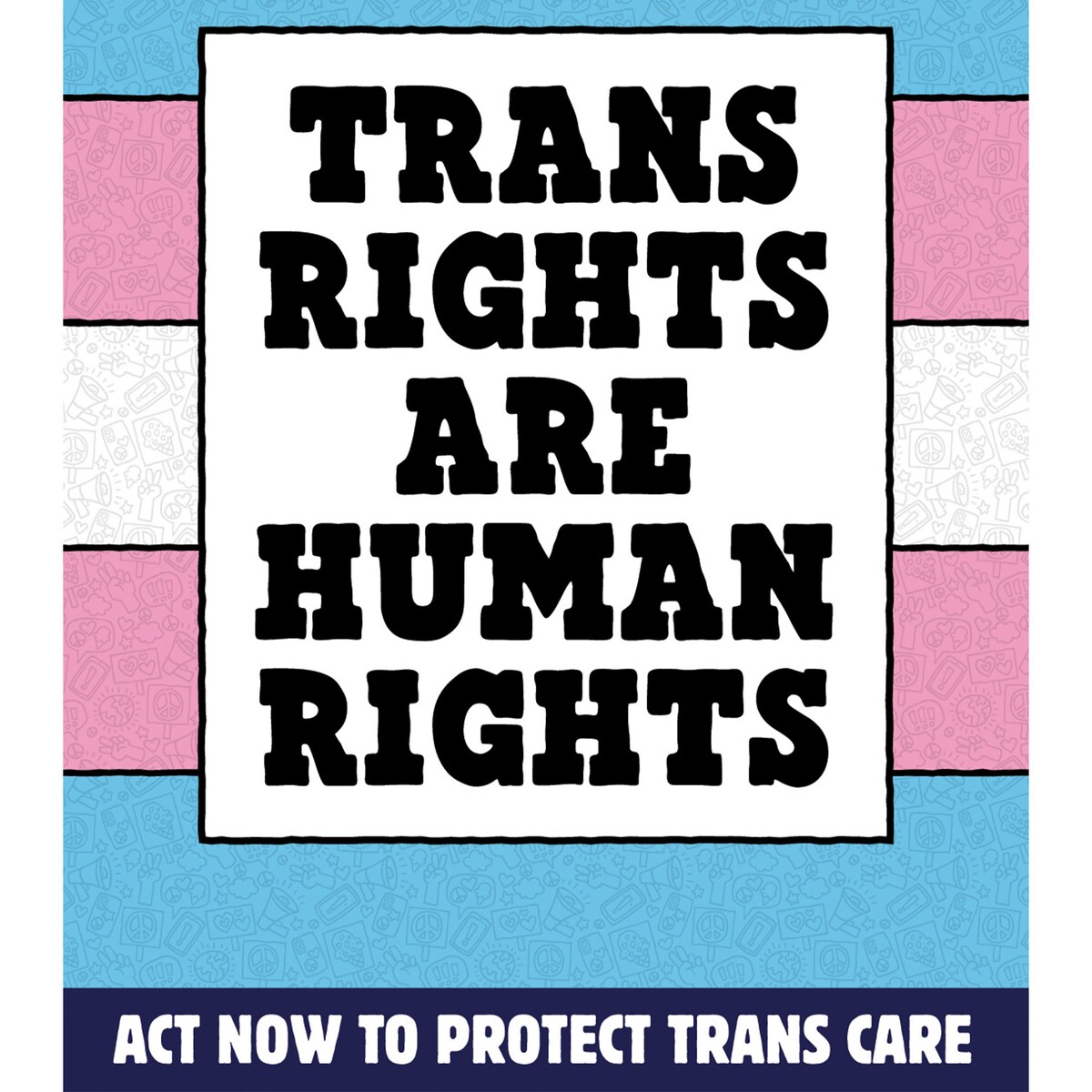November 28, 2015
.jpg)
We’ve been talking about the COP21 – the Paris Climate Conference – for quite a while now. And with good reason. With past COPs having limited success in putting an end to harmfully excessive emissions, we’re hoping this will be the one that really gets the job done.
Progress began when the US and China – the world’s top two greenhouse gas emitters – publicly agreed to curb their carbon emissions. It continued with each country submitting “Intended Nationally Determined Contributions” (INDC’s), the amount by which they will reduce their greenhouse gas emissions within a certain timeframe. But those INDC’s aren’t enough to get us to a safely decarbonized future. In fact, if we stick to them, we’ll fly beyond 2º C to 3.6º C warmer by 2100.
So what are we hoping for at COP21? What’s on the table? Here’s our wish list:
1. Commit to 100% Renewable by 2050
One of the fastest and most effective ways to realize a decarbonized future is to simply commit to 100% renewable by 2050. This goal will provide all the incentive to transform our energy systems, invest in a renewable future, and make the cuts in carbon emissions that will keep us below 2º C of warming. We’ve seen how it’s possible in the US, and now Greenpeace has studied how the transition off fossil fuels would pay for itself. World leaders, we’re asking you to commit to this goal.
2. Make a Long Term Plan of Action
Climate change is a long-term problem, but requires short-term action. Putting off deeper emissions cuts until later in the century makes it all but impossible to avoid 2º C of warming. Decarbonizing our world is the biggest single task we’ve ever taken on, but it’s also one of the greatest opportunities to spur innovation, grow the economy, and create millions of green jobs. But the longer we put off the toughest changes, the rougher our transition away from fossil fuels will be. So let’s agree to long-term goals, but lets also agree to a “Paris Ambition Mechanism” (PAM) that ensures 5-year cycles of increasing ambitious GHG reduction targets.
3. Increased Support for Adaptation in Developing Countries
We know that climate change is already having a disproportionately high impact in developing countries. It’s important that the agreement in Paris provides adequate funding by developed countries to support developing countries in transitioning to a low carbon future while supporting adaptation for the warming we can’t avoid. It’s simple math that the less carbon we mitigate right now, the bigger the impacts will be in the future— and the more it’s going to cost us. Collectively, developed countries have pledged $100 billion each year to the Green Climate Fund to support developing countries: let’s make sure we get firm plans for financing these efforts, now and in the future.
We’re optimistic that if we keep up the pressure through efforts like the Avaaz 100% Renewable by 2050 petition and Global Climate Marches across the world on November 28th and 29th, we might just get what we all really want. A chance to show the future that we can get it right, starting now.
Recent Articles
Join The Climate Movement
-
With a landmark climate action agreement in place including commitments from 196 countries to fight climate change, now is the time to keep the pressure on and ensure swift action. This climate agreement wouldn’t have happened without millions of people around the world taking action. And we won’t be able to meet the ambitious goals of the Paris Agreement without millions and millions more people taking action in support of a rapid transition to clean energy. Paris was just the beginning, not the end. Let’s get to work towards a greener, cleaner future. Add your voice to the millions demanding action and sign the petition today!


